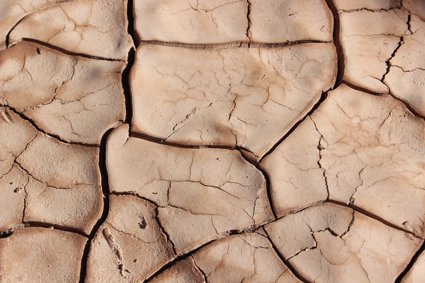
What can we do to develop sustainably?
This section explores how we can live more sustainably to limit the impacts of global warming
Key questions
Are different ways of life more or less sustainable?
What actions can be taken now to limit the impacts of global warming?
Who can effect the most change- individuals or Governments?
Are different ways of life more or less sustainable?
Actions can be taken individually, locally, nationally and globally.
What actions can be taken now to limit the impacts of global warming?
Some changes can be effected by 'carrot' initiatives, for example orange bag recycling schemes, farmers markets, reduced tariffs for parking and driving low emission cars. Other initiatives need the 'stick' - for example congestion charges, landfill tax on local councils.
Who can effect the most change- individuals or Governments?
Each of the following has a role to play in creating a solution and getting people to take responsibility for change
-
Science and engineering - inventing solutions. Consider carbon storage, wind power, solar power, cleaner fuels, etc. There are already 15 invented solutions which between them could maintain the level of carbon emissions globally at the 2005 levels over the next 50 years (i.e. prevent the current path of a doubling of carbon by 2050. Some solutions very expensive, many need lots of land and further research. Money needs to come from governments for these to be implemented
-
Business; Majority of waste and energy used by commercial and industrial sector. Tax or incentives needed to force or encourage reduction in carbon emissions. Employees do not act greenly at work yet do at home
-
In newly industrialising countries great pressure to maximise profits
-
Media: Vital role in marketing new initiatives, providing objective and scientific journalism, creating a climate of public support and mutual responsibility rather than blame
-
Politics: From local and grassroots schemes such as green blogs and Agenda 21 local council schemes, for example free compost bins. The local authority in New Hampshire, USA started local networks of businesses to look at cooperative and low cost action to improve air quality leading to new state legislation in 1999 which was then copied by Wisconsin and California
-
National level - Iceland, despite generating 99% of its electricity from geysers and HEP imports significant oil for transport and thus has one of world's highest carbon emissions per capita. Committed to go 100% hydrogen fuel by 2030 and thus reduce emission to zero
-
International level-Kyoto Protocol, 2005. One hundred and eighty six countries signed up. For 38 industrialised nations this means binding targets to reduce their emissions by 2010, for example for EU countries by eight per cent on their 1990 level. For developing countries a fund of $500million to help adapt to climate change. Countries with emissions targets may trade carbon emissions. USA did not sign up. (Australia delayed but then did so with new government)
Starter
Look at the Who can do what? Interactive - Drag and drop the activities according to what could be done by individuals and what needs government and international co-operation.
Main Activity
What do you understand by the term sustainable?
Read the case studies about what is being done in the six locations to develop sustainable technologies, including India and China. Rank these locations in order of most to least impacts.
What can we do in the UK to develop sustainable lifestyles?
Plenary
Have a debate!
"For you in the west, it is a lifestyle change, for us it is a matter of life and death."
Bangladeshi Environment Minister
Do you agree or disagree?
File nameFiles
File type
Size
Download